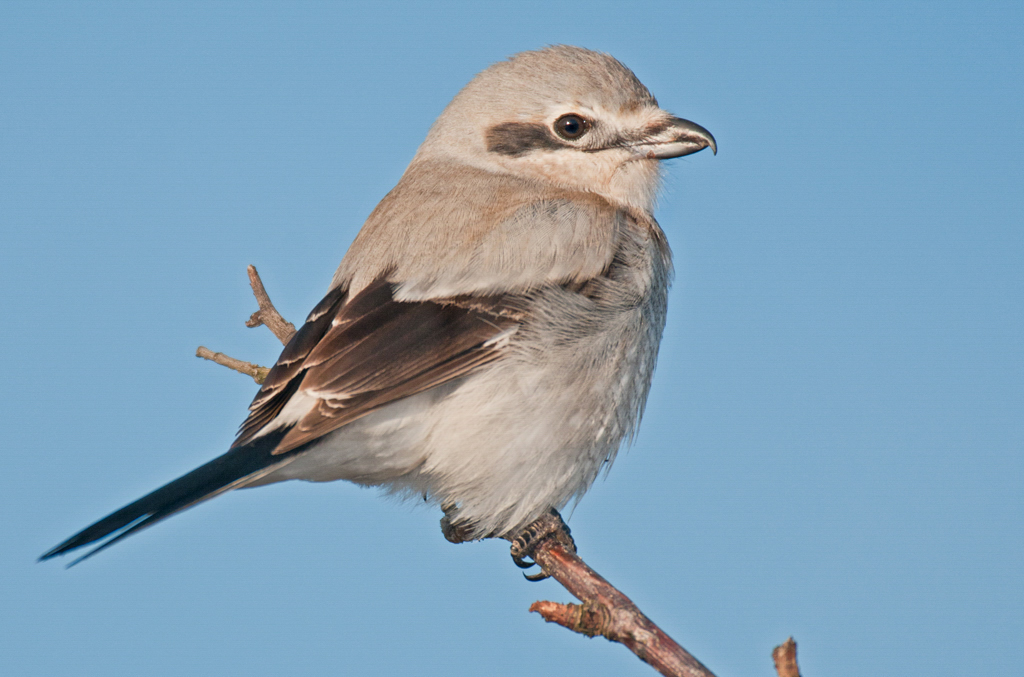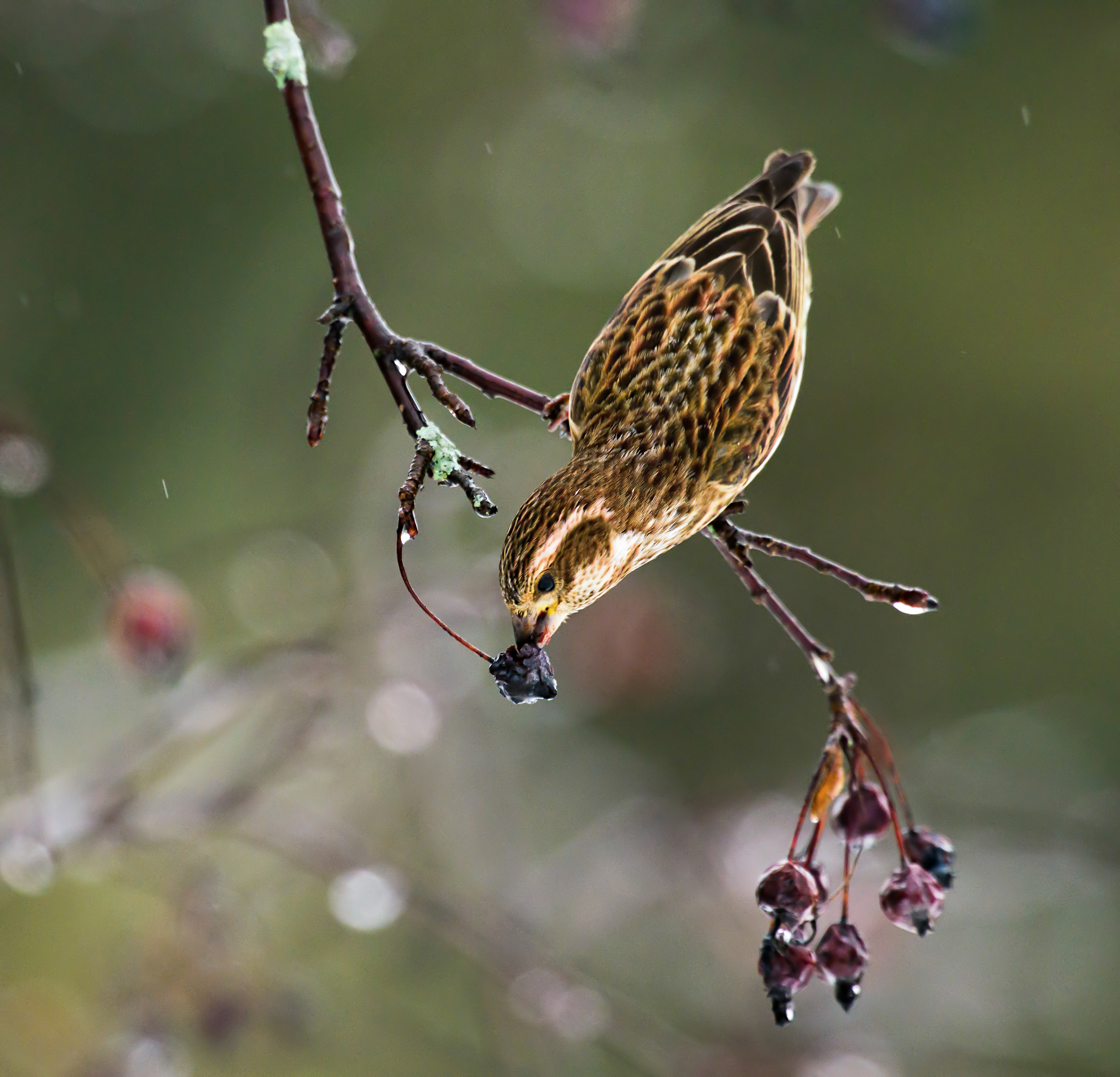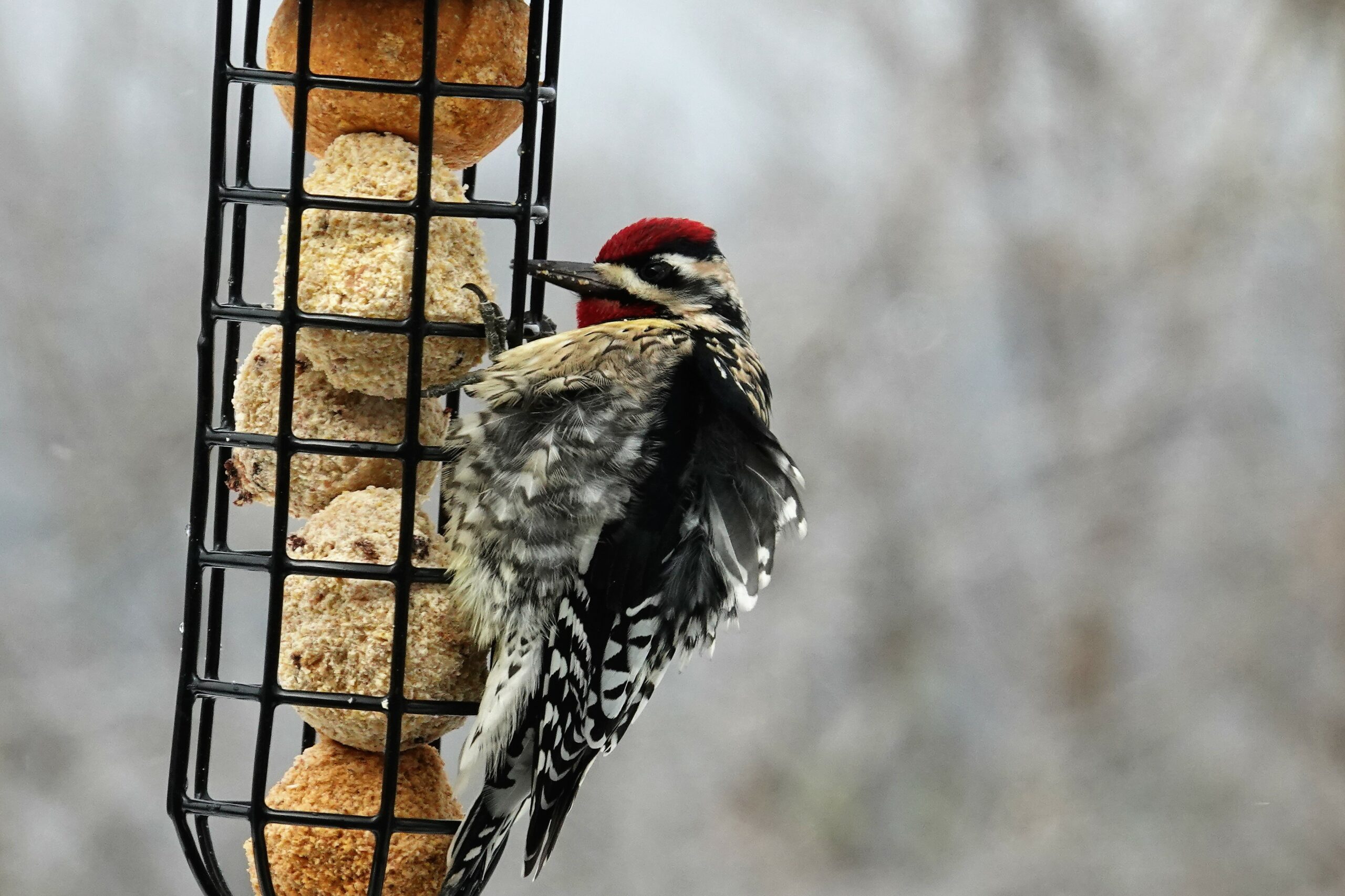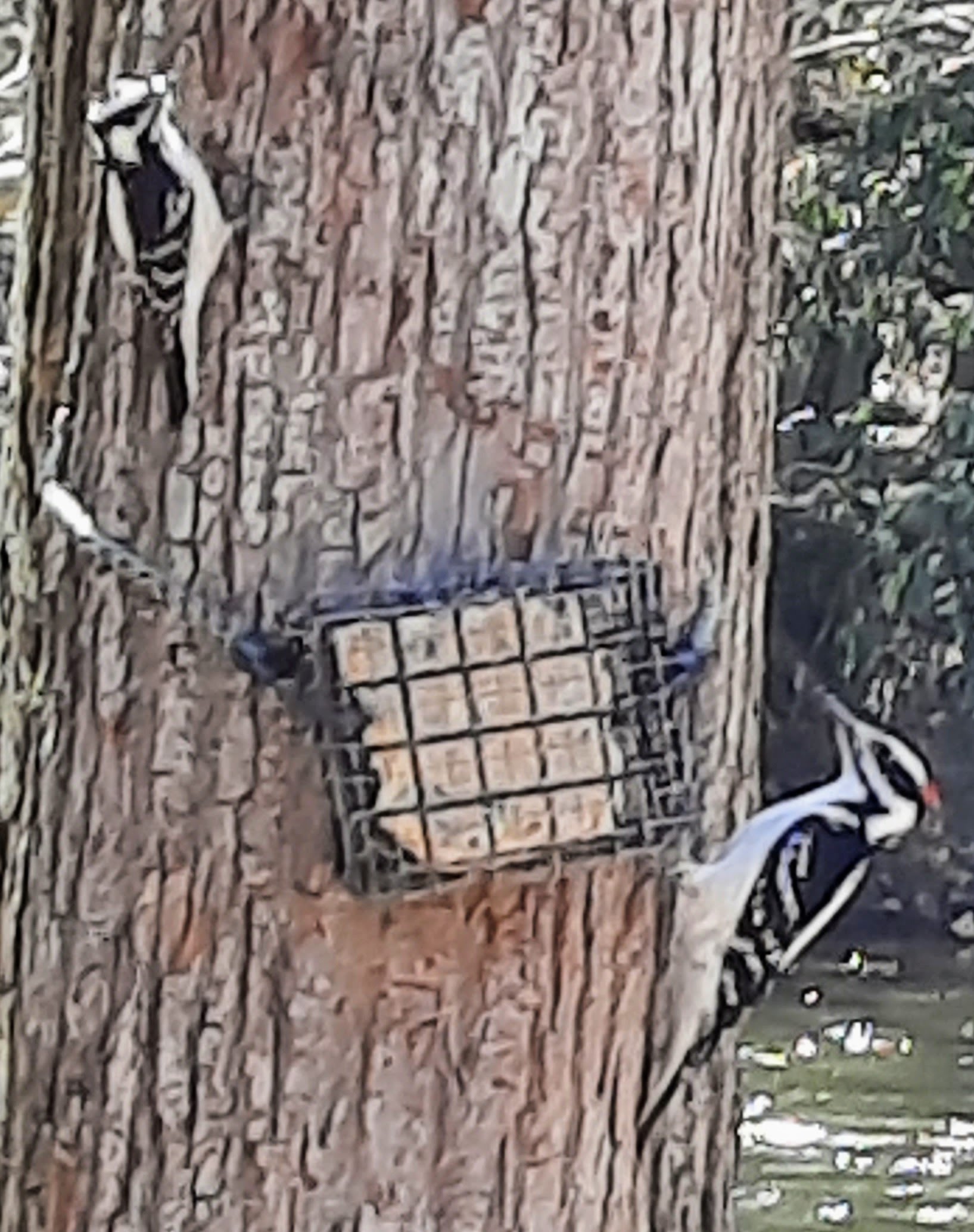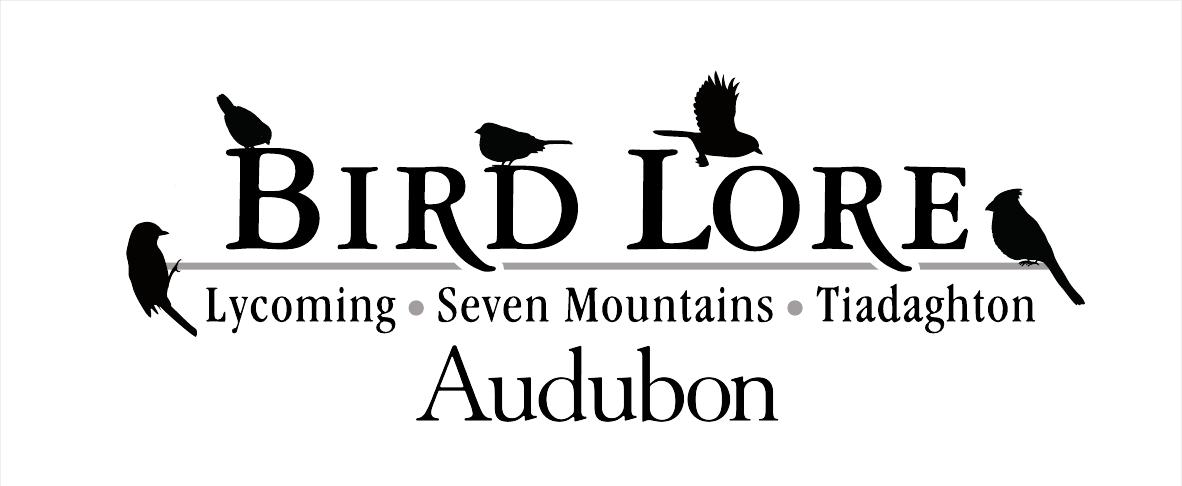It was cold and the wind was blowing hard but there I was with two friends scanning the whitecaps of Rose Valley Lake in Lycoming County, hoping for a “fallout” of waterfowl and vagrant species. Winter birding in these kinds of conditions can be challenging, but also rewarding. We didn’t find many birds on the water, but we braved the “fowl weather” long enough to watch a Bald Eagle hopefully, but futilely, try to snatch a duck in flight across the lake. That’s not a sight you see every day. Though fish are their preferred food, Bald Eagles are opportunistic and will hunt smaller birds and mammals, as well as feed on carrion.
As an important aside, lead fragments in carrion, and lead tackle ingested by fish that Eagles eat are “silent killers.” The American Eagle Foundation estimates that nearly half of the Bald Eagle population is affected by chronic lead poisoning that can lead to dehydration, loss of vision, and starvation.
To escape the cold that day we drove around the lake and found a small flock of Wild Turkeys. Stopping on the north shore we braved the wind again to search for a Northern Shrike that has been spotted wintering there over the past few years. Though disappointed that it was apparently hunkered down somewhere, we reminded ourselves that birding is like that. You don’t always find what you want! Then again there are unexpected finds, like the small flock of Purple Finches fluttering about in the shrubbery right next to our parked car!
Image: Northern Shrike – Paul Kusmin, 2012 Audubon Photography Awards (APA)
In winter birding from your living room window is a far more comfortable way to enjoy birds than traipsing about outdoors in the cold. Setting up a feeding station and participating in the Cornell Lab of Ornithology’s FeederWatch program is a fun way to learn about birds and their behaviors while contributing to science. No matter where you live, if you hang a feeder with some black oil sunflower seed, and strap a suet cake to a tree, the birds will come.
Image: Female Purple Finch – Pamela Underhill Karaz, APA 2016
Now you might have to fight off squirrels intent on devouring your seed, and put up with House Sparrows, especially if you live in town. But the Black-capped Chickadees, Tufted Titmice, and House Finches will quickly find your feeder and appreciate the sustenance you provide. You’ll likely see American Goldfinches and White-breasted Nuthatches as well. Maybe a Hairy Woodpecker will visit your suet cake, and you’ll learn to distinguish it from its look alike, the Downy Woodpecker. In more rural settings you’ll likely have more than 20 species visit your feeder, especially if you scatter some seed on the ground for Sparrows and other ground feeders. Pine Siskins, Yellow-bellied Sapsuckers, and a Brown Creeper are a few of the less common species that visit my feeding station in winter.
Image: Yellow-bellied Sapsucker – Pamela Brown, APA 2019
If you are willing to brave inclement weather you might participate in Audubon’s Christmas Bird Count (CBC) or the Winter Bird Atlas. These citizen science initiatives provide invaluable data to organizations studying the dramatic decline of North American birds. As many of you already know, many bird species are in crisis in North America. The total population of birds in North America is estimated to have fallen by 30% over the past 50 years, from ten billion to seven billion birds.
Participating in the CBC or Atlas bird count is a good way to explore unfamiliar places and discover new spots to go birding. Recently I hopped over the dike along the lower stretches of Lycoming Creek and followed a path in search of birds. There was a light drizzle, and it was quiet at first, but then a Kingfisher chattered. When I retraced my steps I ran across Bluebirds feeding on Oriental Bittersweet and a couple of Downy Woodpeckers. Not everyone’s cup of tea, but the solitary hour I spent creekside on a winter day was relaxing and enjoyable.
Image: Hairy and Downy Woodpeckers (Hairy on right) – Photo by Bruce Buckle
Though I’m glad to contribute to science by participating in bird counts, it’s the camaraderie of birding with new friends that is most rewarding. I recently spent half a day with a mentor and good birding friend documenting birds for the Bird Atlas in northern Lycoming County. It was mostly a driving survey along Roaring Branch Road so we had ample time to talk and banter back and forth. Though we didn’t solve the world’s problems, the conversation was enjoyable.
There are lots of ways that birds provide enjoyment during the winter months. To take advantage of these opportunities contact your local Audubon Chapter to learn about their programs and activities. Happy birding!
About the author, Bruce Buckle:
Bruce Buckle is a retired educator and President of the Lycoming Audubon Society.



